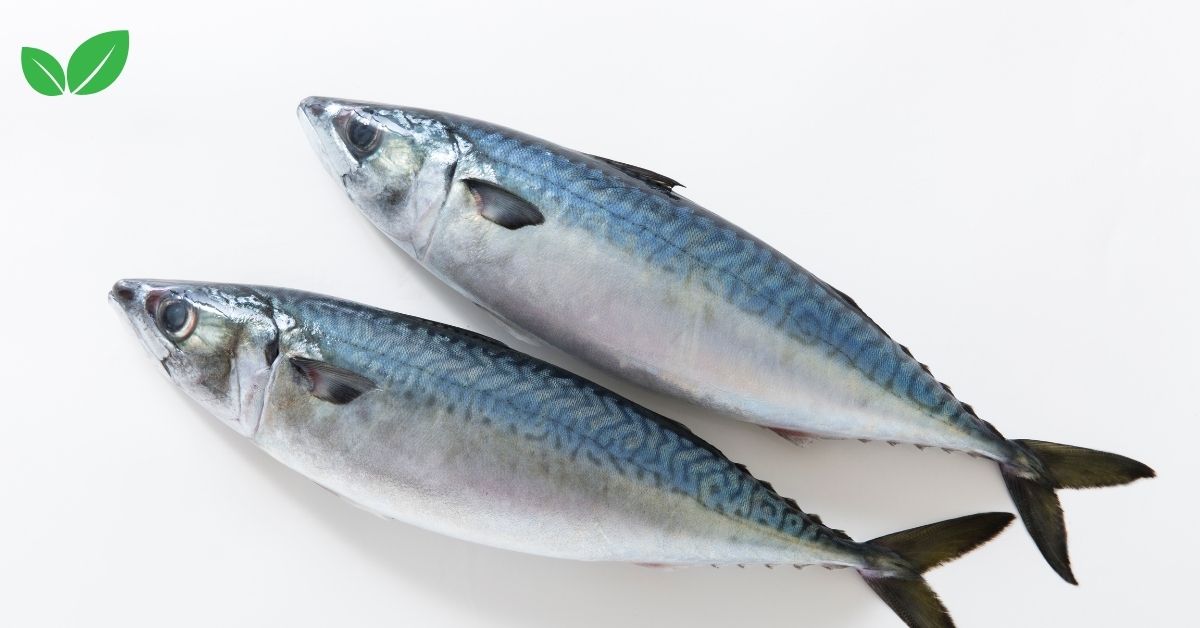Introduction
The Ayala fish, scientifically known as Scomberomorus commerson, is a highly valued species in marine ecosystems. Also referred to as King Mackerel or Spanish Mackerel, this fast-swimming predatory fish plays a critical role in the food chain and supports both commercial and recreational fisheries worldwide. Found in tropical and subtropical waters, the Ayala fish is known for its sleek body, speed, and migratory behavior. It is a favorite among both fishers and seafood lovers, and its significance extends from economic to environmental domains.
This article explores the ecological niche of the Ayala fish, its environmental importance, and the conservation challenges it faces. We will delve into its role in marine ecosystems, its interactions with other species, the economic value it provides to coastal communities, and the threats it encounters from overfishing, climate change, and habitat degradation.
Overview of Ayala Fish (Scomberomorus commerson)
The Ayala fish is a member of the Scombridae family, which includes other well-known species such as tuna, bonito, and other types of mackerel. It is an apex predator in many marine environments and is renowned for its streamlined body designed for fast swimming, which enables it to chase down prey with remarkable speed and agility. This pelagic fish typically inhabits coastal waters, where it hunts smaller fish and contributes to maintaining the balance of marine ecosystems.
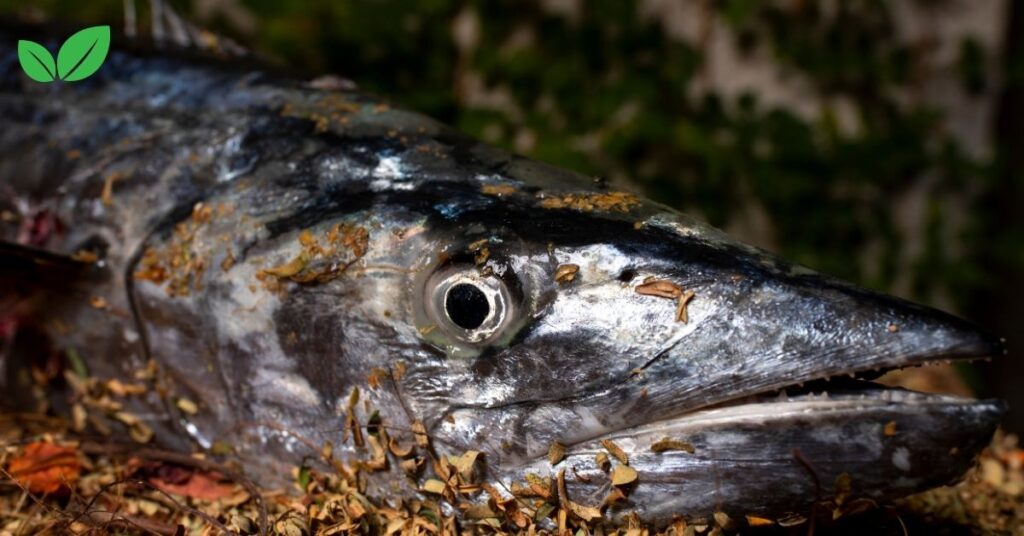
Key Characteristics
The Ayala fish is easily recognized by its elongated, cylindrical body, silvery scales, and sharp, pointed teeth. It is a large fish, with adults often reaching lengths of 60 to 120 cm (2 to 4 feet), although some individuals can grow up to 200 cm (6.5 feet). The fish is also known for its beautiful color patterns, featuring blue-green hues on the upper side of its body, fading to a lighter, silvery white on the underside.
The species’ large caudal fin (tail fin) and long pectoral fins contribute to its impressive swimming speed, allowing it to outpace many of its prey. This makes the Ayala fish an agile and formidable predator, capable of capturing a wide range of marine species, from sardines and anchovies to squid and shrimp.
Habitat and Distribution
Ayala fish are widely distributed across tropical and subtropical waters, primarily found in the Indo-Pacific region, including the coastal waters of the Indian Ocean, Red Sea, and the western Pacific. They are known for their migratory behavior, moving along coastlines in search of food and optimal breeding grounds. This migratory pattern also makes them a popular target for commercial and recreational fishers across different regions.
The fish typically inhabit shallow waters near coral reefs, estuaries, and mangroves, although they can also be found in open waters farther from shore. They tend to remain close to the surface or at moderate depths, often patrolling areas rich in baitfish.
Ecological Niche of Ayala Fish
The ecological niche of the Ayala fish is defined by its role as a top predator in coastal marine ecosystems. Its interactions with other species, both as predator and prey, contribute to the balance and health of marine food webs. The Ayala fish’s migratory habits and its reliance on specific habitats, such as coral reefs and mangroves, make it an integral part of coastal ecosystems.
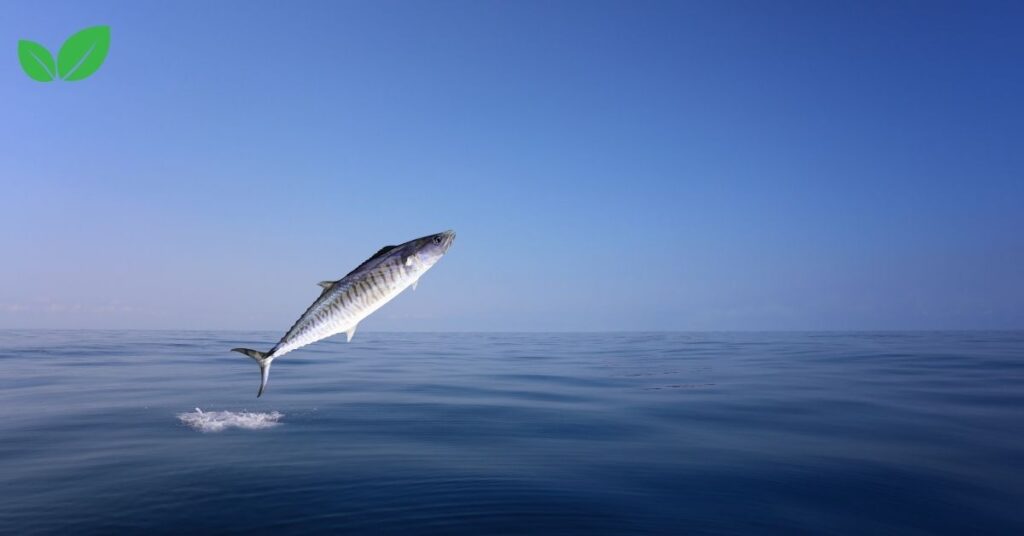
Predatory Behavior and Role in the Food Web
As a carnivorous species, the Ayala fish feeds primarily on smaller fish, including sardines, anchovies, and herrings, as well as crustaceans and squid. Its role as a top predator is crucial for maintaining the balance of marine ecosystems, as it helps control the populations of these smaller species. By regulating prey populations, the Ayala fish prevents overpopulation of smaller species, which could otherwise deplete the resources of the ecosystem and disrupt the food chain.
The presence of Ayala fish in marine ecosystems also indirectly supports biodiversity by promoting healthy and diverse populations of prey species. Predators like the Ayala fish create pressure on prey populations to remain fit and competitive, which in turn fosters a balanced and resilient ecosystem. The fish’s migratory behavior further connects different parts of the ecosystem, as it moves between habitats and contributes to nutrient cycling.
Interactions with Marine Species
The Ayala fish interacts with a variety of marine species, both as predator and prey. Its presence affects not only the populations of smaller fish but also other predators that share its habitat. Larger predatory fish, sharks, and marine mammals, such as dolphins, occasionally prey on juvenile Ayala fish, while adult Ayala fish occupy a higher trophic level and have fewer natural predators.
In addition to its role in the food chain, the Ayala fish contributes to the overall structure and function of the marine environment. For example, by feeding on herbivorous fish that consume algae on coral reefs, the Ayala fish helps maintain the health of coral reef ecosystems, preventing algal overgrowth that can harm coral species. These interactions illustrate the importance of the Ayala fish in maintaining the delicate balance of marine ecosystems.
Habitat Preferences and Environmental Needs
The Ayala fish relies on a variety of habitats throughout its life cycle, including coral reefs, mangroves, and estuaries, which provide food, shelter, and breeding grounds. Coral reefs, in particular, are critical to the survival of the Ayala fish, as they support a high density of prey species. The complexity of coral reefs offers protection for juvenile Ayala fish, helping them avoid predation during their early life stages.
Mangroves and estuaries also play a vital role in the life cycle of the Ayala fish, particularly as nurseries for juveniles. These habitats provide abundant food and shelter for young fish, offering protection from larger predators while they grow and develop. The destruction or degradation of these habitats poses a significant threat to the survival of Ayala fish populations.
Environmental Importance of Ayala Fish
The Ayala fish is not only an important species in marine ecosystems but also contributes to environmental health and stability. Its role as a predator helps regulate prey populations, while its movements and feeding behaviors contribute to nutrient cycling and the overall productivity of the marine environment.
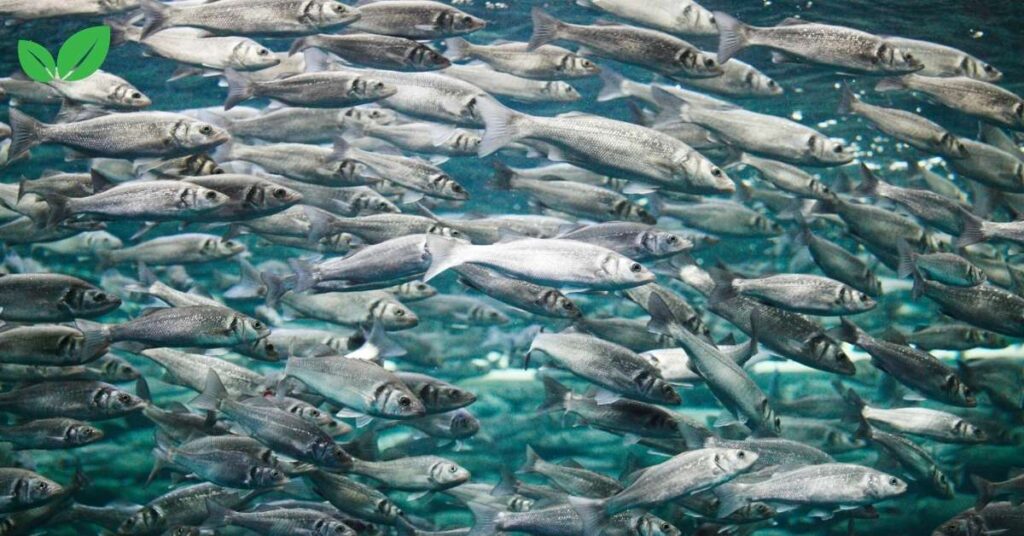
Contribution to Biodiversity and Ecosystem Health
As a top predator, the Ayala fish plays a key role in maintaining biodiversity within its habitat. By controlling populations of smaller fish and crustaceans, it helps ensure that no single species dominates the ecosystem, allowing for a greater diversity of species to thrive. This diversity is crucial for the resilience of marine ecosystems, as it allows the ecosystem to adapt to environmental changes and recover from disturbances.
The fish’s migratory behavior also contributes to the connectivity between different marine habitats. As it moves between coral reefs, mangroves, and open waters, the Ayala fish helps link these ecosystems, promoting nutrient exchange and supporting the overall health of the marine environment.
Support for Coastal Communities
The Ayala fish is an economically valuable species, supporting commercial and recreational fisheries in many coastal regions. In places like India, Southeast Asia, and parts of Africa, the Ayala fish is a staple in local diets and provides a significant source of income for small-scale fishers. Its popularity in global seafood markets also makes it an important export product, contributing to the economies of coastal communities.
Sustainable management of Ayala fish populations is essential for the long-term health of coastal fisheries and the communities that rely on them. Overfishing, habitat destruction, and climate change all threaten the sustainability of Ayala fish populations, highlighting the need for effective conservation and management strategies.
Conservation Challenges Facing Ayala Fish
Despite its importance in marine ecosystems and fisheries, the Ayala fish faces numerous threats that put its populations at risk. Overfishing, habitat degradation, and climate change are the most significant challenges, and these issues must be addressed to ensure the long-term survival of the species.

Overfishing and Unsustainable Harvesting
Overfishing is one of the primary threats to Ayala fish populations, particularly in regions where the species is heavily targeted by both commercial and recreational fishers. The fish’s popularity in seafood markets, combined with its migratory behavior, makes it vulnerable to overexploitation. In many areas, the demand for Ayala fish has led to unsustainable harvesting practices, which have depleted populations and disrupted the balance of marine ecosystems.
The use of destructive fishing methods, such as trawling and gillnetting, further exacerbates the problem by causing habitat destruction and high levels of bycatch. These practices not only reduce the populations of target species but also harm non-target species and degrade the habitats that support them. To address this issue, there is a need for more effective fisheries management, including catch limits, seasonal closures, and the promotion of sustainable fishing practices.
Habitat Degradation and Loss
The degradation and loss of critical habitats, such as coral reefs, mangroves, and estuaries, pose a significant threat to Ayala fish populations. Coral reefs, which provide essential feeding and breeding grounds for the species, are particularly vulnerable to damage from human activities, such as coastal development, pollution, and destructive fishing practices.
Climate change is also contributing to the decline of coral reefs through ocean acidification and rising sea temperatures, which cause coral bleaching and reduce the availability of suitable habitats for Ayala fish. The loss of mangroves and estuaries, which serve as nurseries for juvenile fish, further threatens the species by reducing the availability of safe habitats for young fish to grow and develop.
Climate Change and Oceanic Shifts
Climate change is a growing threat to marine species, including the Ayala fish. Rising sea temperatures, ocean acidification, and changes in ocean currents can all have profound effects on the distribution, abundance, and behavior of Ayala fish. For example, warmer waters may cause the fish to migrate to cooler regions, disrupting local ecosystems and fisheries that rely on the species.
Ocean acidification, caused by the absorption of excess carbon dioxide (CO2) from the atmosphere, is another major consequence of climate change that threatens marine ecosystems. As oceans become more acidic, the health of coral reefs—one of the primary habitats of the Ayala fish—is severely impacted. Coral reefs rely on a delicate balance of pH levels to maintain their calcium carbonate structures, and acidification weakens these structures, leading to coral bleaching and eventual reef collapse. This loss of coral reefs deprives the Ayala fish of essential feeding and breeding grounds, affecting their population stability.
Changes in ocean currents, driven by shifts in global climate patterns, also have the potential to disrupt the migratory routes of the Ayala fish. As water temperatures fluctuate and nutrient availability changes, the prey species that the Ayala fish rely on may become less abundant or shift to new regions. This could force the Ayala fish to migrate over greater distances, potentially exposing them to new predators and increasing the competition for resources with other species.
Conservation Efforts and Sustainable Management
To mitigate the threats facing the Ayala fish and ensure its long-term survival, a range of conservation efforts and sustainable management strategies are needed. These efforts must focus on protecting critical habitats, promoting sustainable fishing practices, and addressing the impacts of climate change on marine ecosystems.
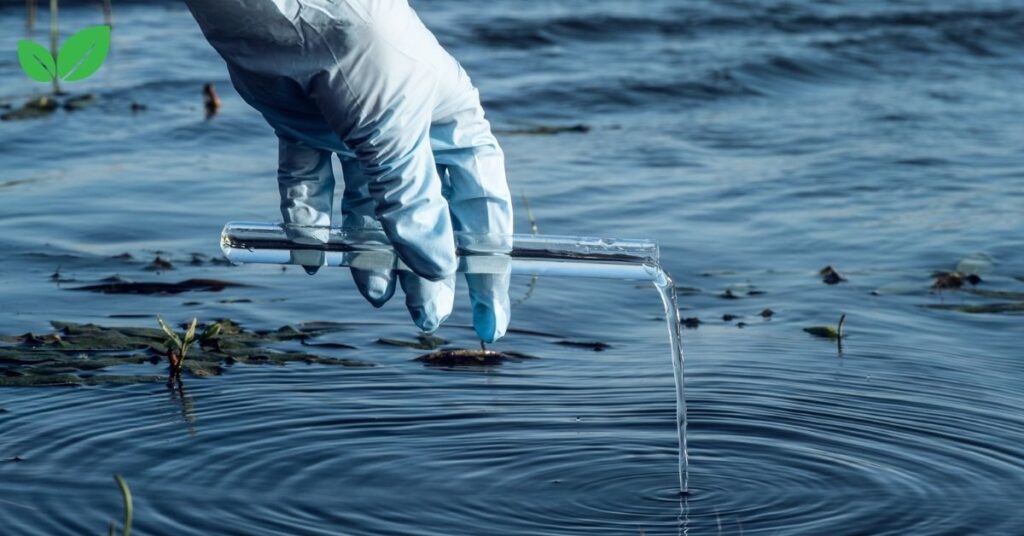
Marine Protected Areas (MPAs)
One of the most effective ways to protect Ayala fish populations is through the establishment of Marine Protected Areas (MPAs). MPAs are designated regions of the ocean where human activities, such as fishing and coastal development, are restricted or regulated to conserve marine biodiversity and protect critical habitats. By creating MPAs in key habitats, such as coral reefs, mangroves, and estuaries, the essential breeding and feeding grounds of the Ayala fish can be safeguarded.
MPAs can also help replenish fish stocks by allowing overexploited populations to recover in areas free from fishing pressure. Over time, these protected populations can spill over into adjacent areas, boosting fish stocks and supporting local fisheries. However, for MPAs to be effective, they must be properly managed and enforced, with clear regulations on fishing practices and habitat protection.
Sustainable Fishing Practices
Promoting sustainable fishing practices is critical for reducing the impact of overfishing on Ayala fish populations. This includes implementing catch limits, size restrictions, and seasonal closures to protect the fish during key breeding periods. Encouraging the use of selective fishing gear, such as circle hooks or fish traps, can also help reduce bycatch and minimize damage to non-target species and habitats.
In addition to regulating fishing practices, it is important to promote sustainable seafood consumption. Raising awareness among consumers about the importance of choosing sustainably sourced fish can drive demand for responsibly harvested seafood and reduce the pressure on overexploited species like the Ayala fish. Certification programs, such as the Marine Stewardship Council (MSC), provide consumers with information about sustainably managed fisheries, helping them make informed choices.
Climate Change Mitigation and Adaptation
Addressing the impacts of climate change on marine ecosystems is a long-term challenge that requires global cooperation. Reducing greenhouse gas emissions is essential for slowing the rate of ocean warming and acidification, which threaten the habitats of the Ayala fish. International agreements, such as the Paris Agreement, aim to limit global temperature increases and reduce the impacts of climate change on vulnerable ecosystems.
In addition to mitigating climate change, efforts to help marine species adapt to changing conditions are also necessary. This includes restoring degraded habitats, such as coral reefs and mangroves, to increase the resilience of these ecosystems to climate-related stressors. Techniques such as coral gardening, where healthy corals are grown in nurseries and transplanted onto damaged reefs, can help rebuild coral populations and provide habitat for Ayala fish and other marine species.
Research and Monitoring
Ongoing research and monitoring are critical for understanding the population dynamics of the Ayala fish and the impacts of environmental changes on its behavior and distribution. By tracking fish populations, migratory patterns, and habitat use, scientists can identify areas where conservation efforts are most needed and assess the effectiveness of existing management strategies.
Research into the effects of climate change on the Ayala fish and its habitat can also inform adaptation strategies. For example, studying how rising sea temperatures and ocean acidification affect the availability of prey species or the fish’s reproductive success can help guide future conservation efforts.
Citizen science initiatives, where local communities and fishers are involved in monitoring fish populations and reporting changes in marine ecosystems, can also provide valuable data for conservation efforts. Engaging local stakeholders in research and management not only strengthens conservation efforts but also fosters a sense of ownership and responsibility for protecting marine resources.
Economic and Cultural Significance of Ayala Fish
The Ayala fish holds significant economic and cultural importance for many coastal communities around the world. In addition to being a popular target for commercial and recreational fisheries, the fish plays a role in the cultural traditions and livelihoods of people in regions where it is found.

Commercial Fisheries and Economic Value
The Ayala fish is a highly sought-after species in commercial fisheries due to its size, flavor, and high market value. It is commonly sold fresh, smoked, or processed into value-added products, such as canned fish or fish steaks. The global demand for Ayala fish, particularly in Asia and the Middle East, has created a lucrative market for coastal fishers and has contributed to the economic development of many fishing communities.
In regions such as India, Southeast Asia, and the Arabian Peninsula, Ayala fish is a staple food and a major source of income for small-scale fishers. However, overfishing and unsustainable harvesting practices threaten the long-term viability of these fisheries. Sustainable management of Ayala fish stocks is essential for preserving the livelihoods of coastal communities and ensuring the continued availability of this valuable resource.
Recreational Fisheries and Tourism
In addition to its commercial value, the Ayala fish is a popular target for recreational fishers due to its size, speed, and challenging fight when hooked. Sport fishing for Ayala fish attracts tourists to coastal regions, providing economic benefits to local communities through the tourism industry. Charter boat operators, fishing guides, and equipment retailers all benefit from the demand for recreational fishing experiences.
However, recreational fishing can also contribute to overfishing if not properly managed. Implementing catch-and-release practices, size limits, and bag limits can help reduce the impact of recreational fishing on Ayala fish populations while still allowing fishers to enjoy the sport.
Cultural Significance
In many coastal regions, the Ayala fish holds cultural significance, particularly in communities that have traditionally relied on fishing for sustenance and livelihood. The fish is often featured in local cuisines, festivals, and rituals, symbolizing the deep connection between coastal communities and the sea.
For example, in parts of India and Southeast Asia, Ayala fish is an integral part of local diets, and traditional fishing practices have been passed down through generations. In these regions, conserving Ayala fish populations is not only important for ecological and economic reasons but also for preserving cultural heritage.
Conclusion
The Ayala fish (Scomberomorus commerson) is a species of great ecological, economic, and cultural importance. As a top predator in marine ecosystems, it plays a crucial role in maintaining the balance of food webs and supporting biodiversity. Its significance extends to the livelihoods of coastal communities, where it provides food, income, and cultural identity.
However, the Ayala fish faces significant challenges from overfishing, habitat degradation, and climate change. To ensure the long-term survival of the species, it is essential to implement effective conservation measures, promote sustainable fishing practices, and address the impacts of climate change on marine ecosystems. By protecting the habitats and populations of Ayala fish, we can help preserve the health of our oceans and the well-being of the communities that depend on them. Through collaborative efforts between governments, conservation organizations, fishers, and consumers, we can ensure a sustainable future for the Ayala fish and the ecosystems it supports.
Read More: Dolphins Are Evil? Exploring the Complex Behavior of Dolphins in the Wild

